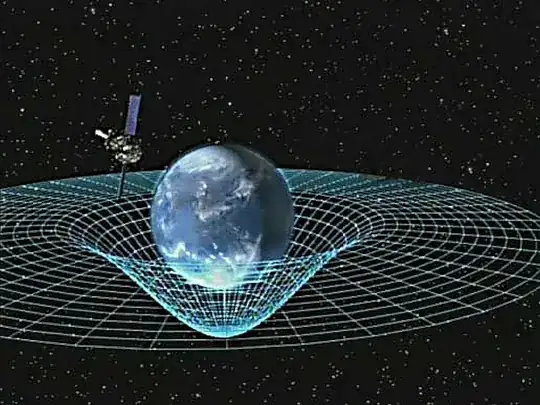When gravity spacetime is visualized, it's a sag with the lowest point in the middle of the planet/star as you can see here:

For all planets and stars, there is zero G in the core due to that the surrounding mass cancels out each other. This means that the gravity pull is strongest at the surface or close to it? Shouldn't this mean that the gravity spacetime should be visualized as a doughnut/ring instead with lots of gravitational pull at the edge, but not in the middle/core?